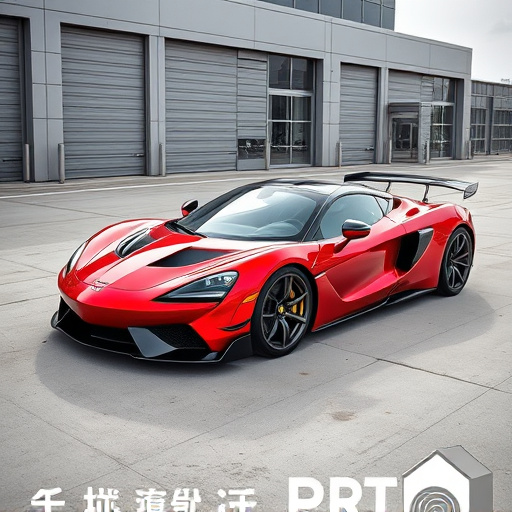Flow rate measurements are crucial for optimizing race car performance, especially with high-flow air intake filters. These measurements ensure efficient combustion and boost horsepower by controlling the volume of air entering the engine. High-flow air intake filters revolutionize motorsport dynamics, offering racers enhanced throttle response, increased horsepower, and improved fuel economy. Their advanced design allows for more fresh air intake, resulting in better fuel-air mixture efficiency and a competitive edge on the track.
“Unleash your vehicle’s full potential with an in-depth look at flow rate measurements and their impact on racing performance. This article navigates the essentials of understanding flow rates, delving into how high-flow air intake filters revolutionize racing dynamics. Discover strategies for optimizing vehicles through precise flow rate control, enhancing efficiency and speed. From basic concepts to advanced techniques, explore the game-changing role of these filters in achieving top racing performances.”
- Understanding Flow Rate Measurements: The Basics Explained
- High-Flow Air Intake Filters: Enhancing Performance for Racing
- Optimizing Racing Vehicles with Precise Flow Rate Control
Understanding Flow Rate Measurements: The Basics Explained

Flow rate measurements are essential when it comes to understanding and optimizing various systems, particularly in automotive applications like high-flow air intake filters for racing vehicles. The term ‘flow rate’ refers to the volume or mass of a fluid passing through a specific point in a given time. In simple terms, it’s how fast a substance moves from one place to another. When we talk about flow rates in relation to racing cars and their engines, it involves measuring the amount of air (or fuel) that can be drawn into the engine to enhance its performance.
High-flow air intake filters are designed to maximize airflow while ensuring minimal restriction, allowing for more efficient gas exchange. This is crucial for race cars as it enables better combustion, increases horsepower, and improves overall engine performance. By understanding flow rate measurements, engineers can fine-tune these systems, ensuring optimal fuel injection, ignition timing, and overall vehicle dynamics, giving racers a significant edge on the track.
High-Flow Air Intake Filters: Enhancing Performance for Racing

In the realm of racing, where every advantage counts, high-flow air intake filters have emerged as a game-changer. These specialized filters are designed to optimize engine performance by ensuring a steady and ample supply of cool, clean air. In contrast to standard filters, high-flow models feature advanced materials and innovative designs that allow for greater airflow, thereby enhancing the overall efficiency of the engine. This is particularly crucial in racing, where powerful engines demand maximum oxygen intake to sustain high-performance levels.
By incorporating high-flow air intake filters, racers can expect improved throttle response and increased horsepower. The enhanced airflow facilitates better combustion, leading to more efficient energy conversion within the engine. Moreover, these filters are constructed to withstand the rigors of racing conditions, ensuring longevity and reliable performance. In today’s competitive landscape, adopting such advanced technologies is not just an option but a necessity for those seeking to stay ahead in the race.
Optimizing Racing Vehicles with Precise Flow Rate Control

In the competitive world of motorsports, every advantage counts, and for race car enthusiasts, optimizing airflow is a key strategy to enhance performance. High-flow air intake filters play a pivotal role in this pursuit, offering racers precise control over their vehicle’s engine intake. By allowing for a greater influx of fresh air, these advanced filters can significantly boost horsepower and torque, giving drivers an edge on the track. This technology ensures that the engine receives optimal fuel-air mixture, resulting in improved efficiency and faster acceleration.
With the integration of high-flow air intake filters, racing vehicles can achieve better throttle response and maintain higher RPMs during races. The precise flow rate control enables racers to fine-tune their cars’ performance for different track conditions, making them more adaptable and responsive. This level of customization not only enhances overall speed but also improves fuel economy, ensuring that racers can maintain consistent performance throughout the entire race.
Flow rate measurements play a pivotal role in optimizing racing vehicle performance, particularly through the strategic use of high-flow air intake filters. By precisely controlling airflow, these filters enhance engine efficiency and speed, providing racers with a significant competitive edge. This article has explored fundamental concepts and advanced applications, highlighting how nuanced flow rate control can be a game-changer on the track.














